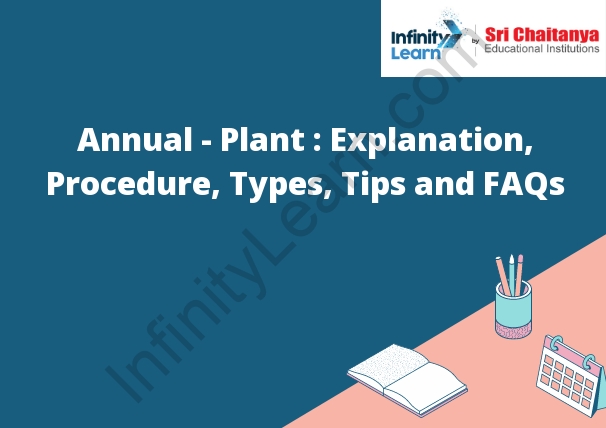Table of Contents
Introduction to Annual Plant; Procedure for Annual Plant; Types of Annual Plants;
Conclusion
An annual plant is a plant that completes its life cycle, from germination to seed production, in one year or less. Annual plants typically have a shorter life span than perennial plants.
The germination of an annual plant begins with the uptake of water, which causes the seed to swell. The seed coat then ruptures, and the embryonic root (radicle) emerges. The root grows downward, and the embryonic shoot (coleoptile) grows upward. The radicle and coleoptile are enclosed by a protective sheath called the seed coat.
Once the root has reached the soil, the embryonic shoot begins to elongate. The coleoptile eventually ruptures, and the first leaves of the plant emerge. The plant then begins to produce new leaves, and the stem elongates. The flowers of an annual plant typically develop near the end of the stem.
The fruit of an annual plant is typically a dry capsule that contains the seeds of the plant. After the seeds are mature, the fruit splits open, and the seeds are dispersed.
Annual plants can be grown from seeds, cuttings, or divisions. Seeds are the easiest way to propagate annual plants, and most seeds can be planted directly in the garden.
Annual plants can be divided into two categories: cool-season annuals and warm-season annuals. Cool-season annuals germinate and grow best in cool temperatures,

What is a Biennial?
A biennial is a plant that flowers every two years.
What are Perennials?
Perennials are plants that live for more than two years. They typically have a deep root system that allows them to survive the winter months. Perennials come back each year, often blooming more heavily than in previous years. Some popular perennials include hostas, daylilies, and roses.
1. Hardy Annual Plants:
Hardy annual plants are plants that can be grown from seed outdoors in the garden and will tolerate cold weather. They will usually bloom and produce seeds in the first year. Some common examples of hardy annual plants include petunias, impatiens, zinnias, and cosmos.
2. Seasonal Annual Plants:
Seasonal annual plants are those that complete their life cycle in one season. They grow from seeds in the spring, flower and produce fruit in the summer, and die in the fall. Some common examples of seasonal annual plants include marigolds, petunias, zinnias, and cosmos.
3. Annual Vegetables:
Annual vegetables are plants that live for only one season. They are planted in the spring, and they produce fruit or vegetables during the summer. Once the weather starts to get cold in the fall, the annual vegetables die off and they are replaced with winter vegetables.
Annual vs Perennial
An annual is a plant that completes its life cycle in one year. A perennial is a plant that completes its life cycle in more than one year.
Tips for Planting
a Garden
1. Choose a sunny spot in your yard.
2. Amend the soil with compost or manure to improve drainage and fertility.
3. Dig a hole twice as deep as the root ball and slightly wider.
4. Carefully remove the plant from the pot and loosen the roots.
5. Place the plant in the hole and backfill with soil, tamping it down as you go.
6. Water well and stake if necessary.





